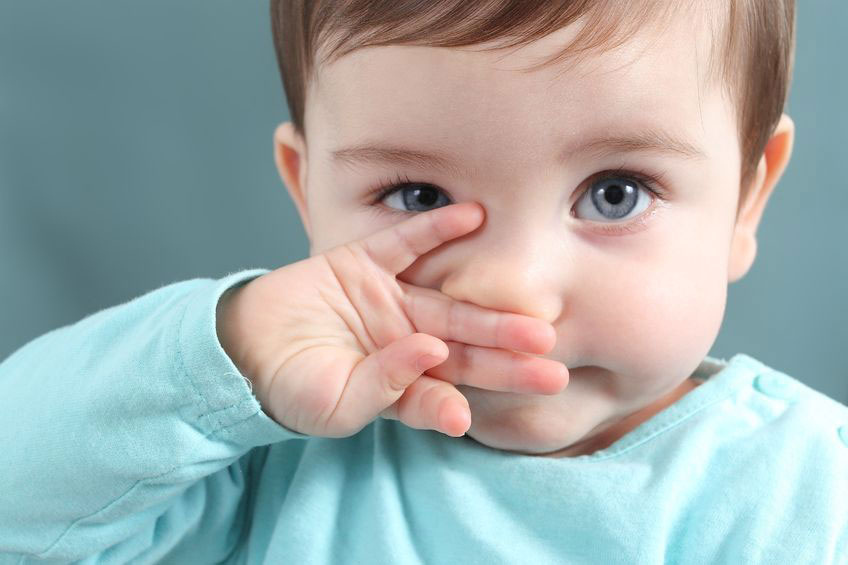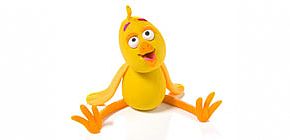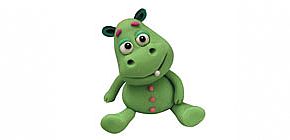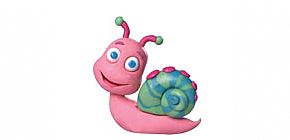Your Infant Has a Cold But No Fever - Are They Sick?
 |
|
Many parents of infants and toddlers complain about their children experiencing never-ending colds. On the one hand, their children are in good spirits, play, eat and have no fever. On the other hand, they find it hard to fall asleep at night, suffer from stuffy noses during most hours of the day and, as a result of multiple nose-blowing experiences, have red and irritated noses. What should you do?
Does your child suffer from a runny and/or stuffy nose? If they don’t have a fever, they likely have an upper respiratory tract infection. This is a viral infection that is transferred from child to child via saliva or another bodily secretion, and causes an infectious response in the respiratory tract, as evidenced by mucosal secretions. The absence of a fever doesn’t indicate that your child isn’t sick or contagious, but rather that the viruses inside of your little one are not multiplying rapidly and are not particularly aggressive. A lack of fever also indicates a lower risk of your child infecting anyone else, though this risk still exists.
Why infants and toddlers catch upper respiratory viruses
The infant and toddler immune system is still in development. It is not mature like the adult immune system, and therefore struggles to thwart viral and bacterial attacks. There are over 200 different types of viruses that cause colds, and it takes time for the young immune system to successfully develop antibodies against each and every one of them. As such, during their first years of life, little ones suffer from roughly 12 colds a year, most of which take place close to one another during the fall and winter seasons, making it seem like one never-ending cold. In essence, it is a different virus every time.
Why do we catch colds particularly in winter?
Despite its colloquial term, “the cold,” this illness has no connection to the cool weather. The causes responsible for an increase in viruses during the colder seasons are side-effects of the weather: spending time in closed and unventilated spaces, overheating rooms, etc. The dry, heated air harms the nose’s mucus membrane, making it more vulnerable to viral attacks.
How do you get infected?
Contrary to popular thought, you can’t catch colds from the air itself. Viruses don’t have wings and they cannot float from one child to another. Sneezing, one of the symptoms of colds, causes particles of saliva and mucus to be sprayed across surfaces, toys and clothing. These particles contain viruses can can survive in open air for a few days. As such, in order to prevent infection, it is important to ventilate rooms as much as possible, clean toys, change sheets often and avoid playdates between healthy and sniffling children.
How to treat a cold
There is no treatment that prevents one from catching viruses responsible for colds. As such, most treatments focus on relieving symptoms, aiding sleep and facilitating breathing:
-
Taftafim Afgel: a gel enriched in vitamin E and aloe vera that relieves redness and irritation around the nose that result for lots of nose wiping.
-
Taftafim Nose Wipes: Wet wipes that are especially soft and gentle and contain plant essences to relieve breathing. Ideal for blowing noses during cold season.
. -
Taftafim Eucalyptus: An aromatherapeutic essence to drip around the infant’s room or in a warm air humidifier, to help with breathing during sleep time.
What else can you do?
-
Set the mattress on an incline: Roll a towel or blanket and place it under the crib mattress, where your infant rests their head. The incline will prevent mucus from dripping down the throat, preventing coughing and nighttime wakings. -
Add humidity to the air: Use a humidifier to increase the humidity level in the room and help your little one breathe.
-
Ensure proper hygiene: Change sheets frequently, wash hands and toys to prevent repeat infections and the infection of other children in the house.
-
Ensure adequate hydration: Persistent colds cause a loss fluids. As such, check that your little one is feeding well, and add feeds as necessary. Nursing mothers even talk about how dripping breastmilk around the nose helps relieve colds!
Colds, phlegm and coughs are among the most common phenomena to plague infants and toddlers during the cold season. Aside from the difficulty ...
What type of cough does your infant have? Dry? Wet? Barking? Different medical states are characterized by different types of coughs. All you need to ...
How should you warm your home and your infant’s bedroom? Do you need to bathe your child every day? What are the baby gear must-haves for your home? ...


.jpg)
.jpg)
.jpg)
.jpg)



.jpg)
.jpg)
.jpg)
.jpg)

.jpg)


.jpg)


Contact us